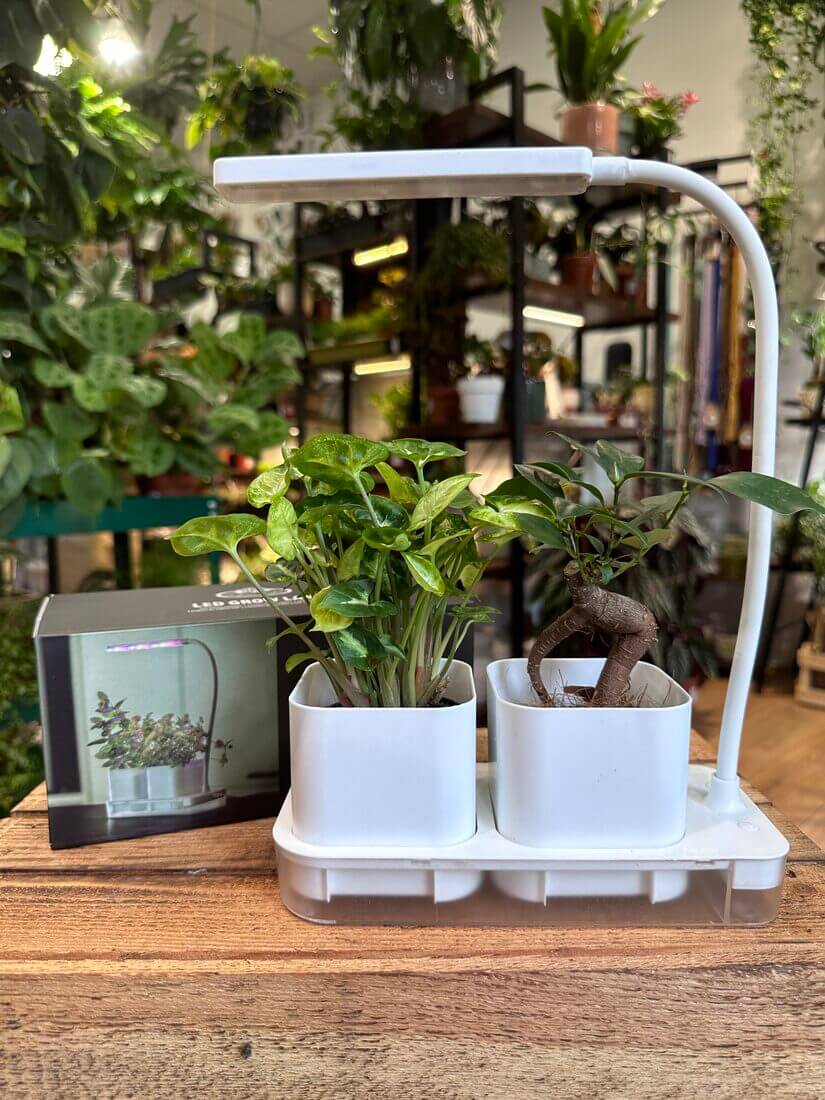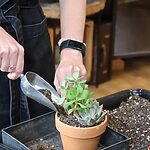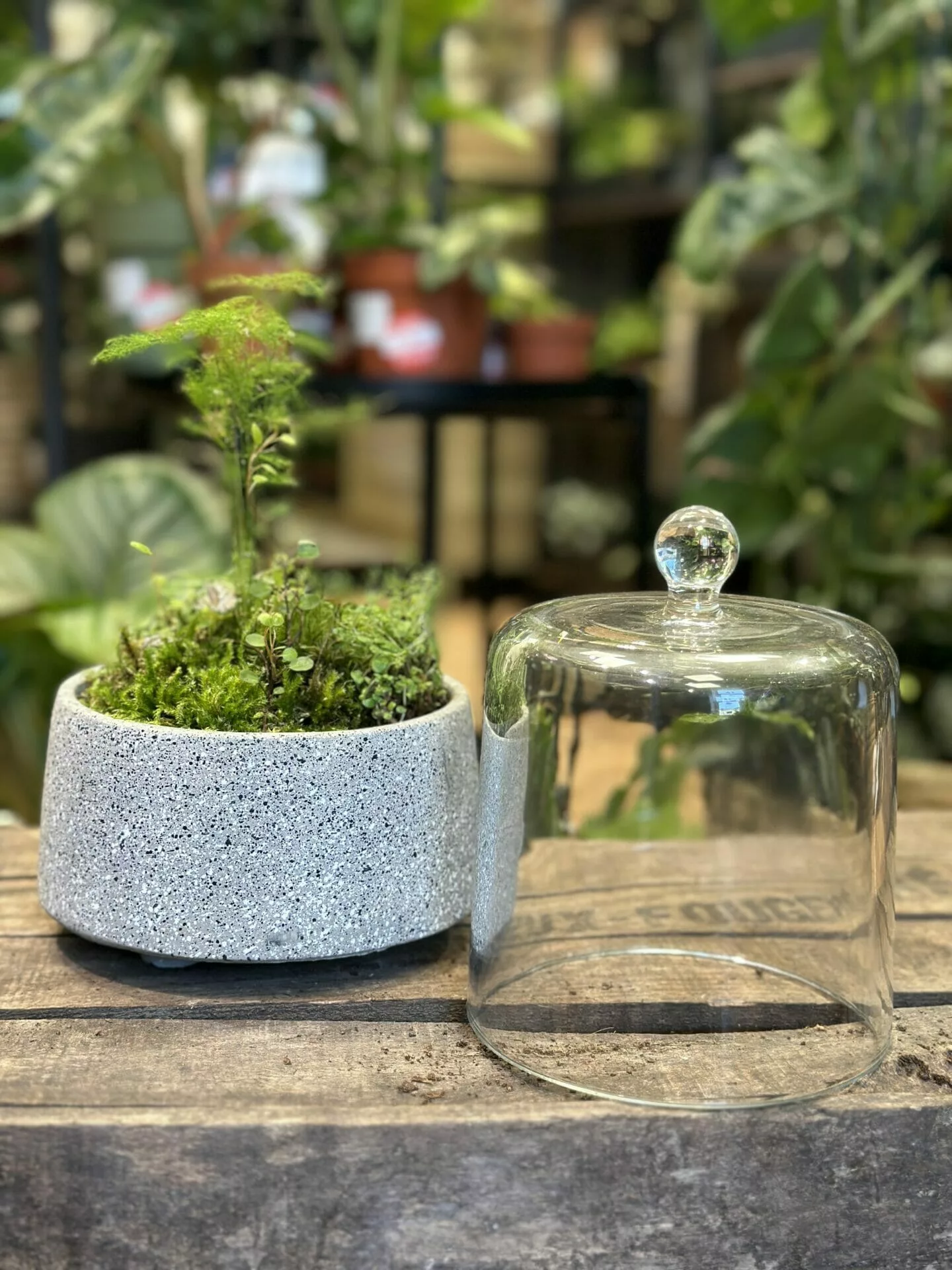As the days get shorter and temperatures drop during autumn and winter, it’s time to prepare certain houseplants for dormancy. This natural phase allows plants to conserve energy and survive unfavourable conditions by entering an inactive period. Understanding and supporting this cycle can make the difference between a thriving plant and one that struggles to survive.
What is Dormacy
Dormancy is a natural response to changes in light levels and temperature and is essential to the lifecycle of various houseplants. During this time, plants slow their growth or stop altogether, redirecting energy to their roots. Recognizing the signs of dormancy helps you provide the right care and ensure your plants bounce back in the growing season.
Why Houseplants Need Dormancy
Dormancy helps plants survive challenging conditions by conserving water, energy, and nutrients. Environmental changes like shorter daylight hours and lower temperatures can trigger this phase. Dormancy is particularly essential for species adapted to seasonal climates, as it ensures they can rest, regenerate, and prepare for vigorous growth once conditions improve.

Signs of Dormancy
Houseplants That Require Full Dormancy
Carnivorous Plants (e.g., Venus Flytrap, Sundew, Sarracenia)
Dormancy Care: These plants require a cool, dark place with temperatures between 2°C and 10°C. Gradually stop watering and avoid letting them sit in water during dormancy. Tropical varieties, however, may not need this period and can be cared for year-round.
Caladium
Dormancy Care: Caladiums go dormant when leaves are yellow and die back. Remove tubers and store them in a paper bag or keep them in soil in a cool, dark place at 10°C to 15°C. To wake them, replant in fresh potting mix and gradually reintroduce water as new shoots appear.
Stephania Erecta
Dormancy Care: Marked by leaf loss, Stephania requires minimal care. Keep it dry, in warm temperatures above 15°C. Avoid watering until you see budding on the caudex in spring.
Alocasia
Dormancy Care: Often mistaken as declining health, Alocasias shed their leaves and droop. Reduce watering, keeping the soil slightly dry. Place in a warm area with indirect light, and as spring approaches, increase watering and humidity to stimulate growth.
Houseplants That May Enter Partial Dormancy
Some houseplants, like Ficus, ZZ Plant, and Begonias, don’t require a full dormancy period. Instead, they enter a partial dormancy phase, slowing their growth or halting new leaf production in response to shorter days and cooler temperatures. Understanding partial dormancy allows you to adjust care routines for the plant’s rest period, preparing it for robust growth in spring.
Pro Tip
For plants in partial dormancy, reduce watering and avoid fertilizing. Keep temperatures around 15-20°C with bright, indirect light. This light dormancy requires minimal care adjustments, and most plants will resume active growth in spring.
Slower Growth – New leaves emerge much more slowly, or growth may stop altogether.
Leaf Shedding – Some plants may drop a few leaves to conserve energy.
Reduced Water Needs – The plant’s need for water decreases as it conserves resources.
Additional Plants That Enter Partial Dormancy
Pothos (Epipremnum aureum)
Dormancy Care: Pothos slows down significantly in winter. Reduce watering, allowing the soil to dry out between waterings. Keep it in indirect light and slightly increase humidity if needed.
Philodendron (e.g., Heartleaf, Birkin)
Dormancy Care: Philodendrons grow more slowly in winter. Reduce watering, keep the environment warm and humid, and place them in indirect light.
Snake Plant (Sansevieria)
Dormancy Care: Snake plants require very little water during partial dormancy. Allow the soil to dry completely between waterings, and avoid fertilizing until spring.
Spider Plant (Chlorophytum comosum)
Dormancy Care: Spider plants produce fewer “pups” in winter. Maintain indirect light, reduce watering, and increase humidity to avoid browning.
Peace Lily (Spathiphyllum)
Dormancy Care: Peace lilies slow down but don’t fully stop growing in winter. Keep the soil lightly moist, avoid overwatering, and ensure moderate humidity.
Rubber Plant (Ficus elastica)
Dormancy Care: Growth slows and some leaves may drop. Place it in indirect light, reduce watering, and allow the top inch of soil to dry out before watering again.
Chinese Evergreen (Aglaonema)
Dormancy Care: Keep the soil slightly moist, avoid direct sunlight, and ensure consistent temperatures for the plant’s health during dormancy.
Hoya (Hoya spp.)
Dormancy Care: Hoyas slow down but don’t fully stop. If possible, water sparingly and place them in bright, indirect light with slightly elevated humidity.
Dracaena (e.g., Dracaena marginata)
Dormancy Care: Growth slows down, so water only when the soil is dry and avoid fertilizing until spring.
Boston Fern (Nephrolepis exaltata)
Dormancy Care: Boston ferns may drop fronds and grow more slowly. Increase humidity, and keep the soil moist but not soggy.

Ensure Sufficient Light:
Use grow lights or place plants in bright, indirect sunlight to compensate for shorter days. Full-spectrum LED grow lights work well during winter to mimic natural sunlight.

Adjust Watering and Fertilizing:
Continue watering and feeding but check soil moisture regularly to avoid overwatering. Plants may still absorb water more slowly even with optimal conditions.

How to Trick Plants Out of Dormancy for Year-Round Growth
If you want to keep certain houseplants growing through winter, you can “trick” them out of dormancy by creating an ideal environment. Here’s how:
Conclusion
Winter dormancy can be challenging, but understanding this natural phase is essential for the health of many houseplants. Adjust your care to support their needs with reduced watering, moderated light, and suitable temperatures. By following these guidelines, you’ll help your Alocasia, Stephania Erecta, Caladium, carnivorous plants, and others to rest and prepare for a vigorous spring comeback.


















